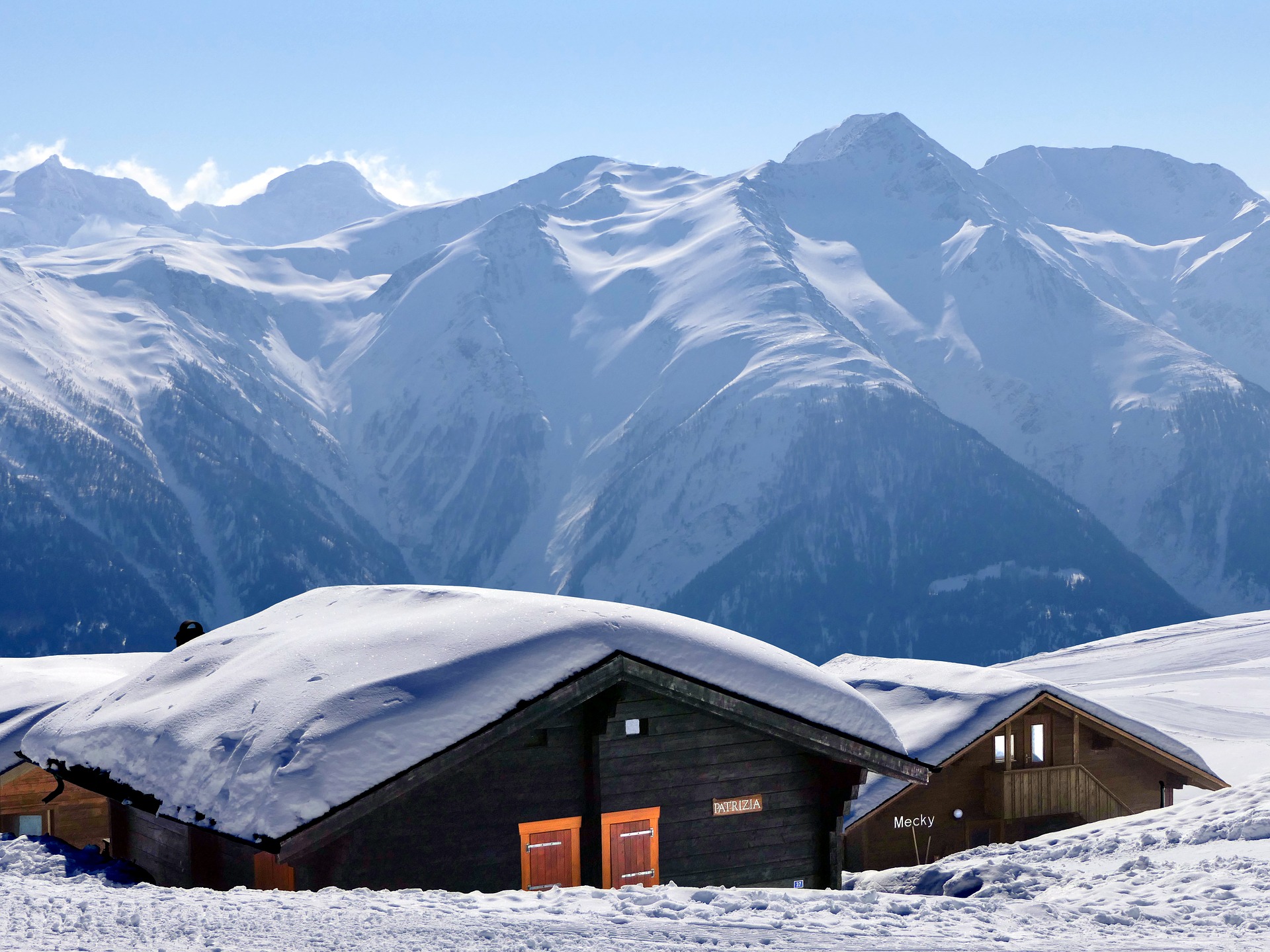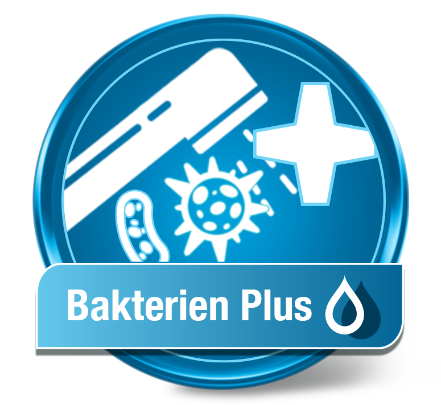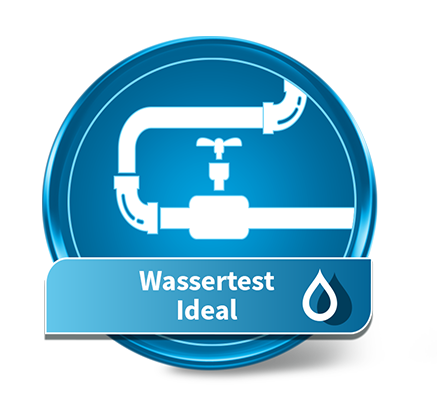Secondary Homes and Drinking Water
Stagnant water in drinking water pipes occurs whenever a pipe or part of a pipe remains unused for an extended period. While an effect can appear within a few hours, it is advisable not to drink water directly from the tap after a week of non-use; instead, let it run for a moment.
Vacation homes and secondary residences are particularly affected due to their irregular usage.

What is stagnant water?
Water that remains stationary for more than 4 hours is considered stagnant. However, it typically only becomes problematic after a few days. This can occur in dead ends of water pipes, storage tanks, or rarely used sections of an installation—such as in secondary residences.
Outdoor taps often have frost-proof valves to prevent pipes from being emptied in winter. These sections remain unused but are still connected to the home’s plumbing system.
When water circulation is not maintained, biofilm—a layer of bacteria and sometimes algae—can form on surfaces.
What problems can arise from this?
Stagnant water fosters bacterial growth
Water sitting in pipes, particularly at higher temperatures, creates an ideal breeding ground for bacteria. If pipes already have limescale or corrosion buildup, these provide an even better medium for bacterial cultures.
Bacteria from long-standing sections, such as pipes leading to outdoor taps, can quickly spread into the main system and multiply.
The risk of Legionella is especially high. These bacteria thrive in stagnant water between 20 and 55°C.
In cold water pipes (ideally below 20°C), bacterial growth is usually slow. However, in secondary homes, extended stagnation allows bacteria to proliferate. The presence of a biofilm further accelerates bacterial spread.
Additionally, cold water pipes near poorly insulated hot water pipes or circulation loops may experience temperature increases—too warm to prevent bacteria but not hot enough to kill them.
Heavy metals and other contaminants
Older pipes may still contain lead or other toxic substances, which is a frequent issue in older secondary residences.
Poor water circulation can cause heavy metals and other contaminants to leach into the water, leading to increased concentrations.
How to prevent issues?
- Upon arrival, flush the water pipes thoroughly before use.
- Set the hot water boiler to at least 65°C (preferably 70°C) and allow it to heat up before taking a hot shower.
- If possible, drain the water system completely before extended absences.
- Regularly conduct water analyses to check water quality.
- Consider installing an appropriate water filter to remove bacteria and heavy metals while retaining essential minerals.
Professional water analysis can help assess the condition of your installation. The frequency of these tests depends on factors such as the system’s age, usage patterns, and specific risks. Our team is happy to assist you in planning the best approach.
✔ 20 common PFAS chemicals
✔ Per- and polyfluorinated alkyl substances
✔ Heavy metals and pollutants
✔ For general drinking water, softeners
✔ E. coli, coliform bacteria
✔ Enterococci
✔ Heavy metals and contaminants
✔ Separate bacteria test recommended
✔ Analysis of mold genus
✔ Analysis of contamination level
✔ Analysis for lead also included
✔ Separate bacteria test recommended
✔ Comprehensive information brochure
✔ Test up to 10 rooms
✔ 100 Test strips
✔ For general drinking water, water softeners
✔ Mould alarm display
✔ Clear display










